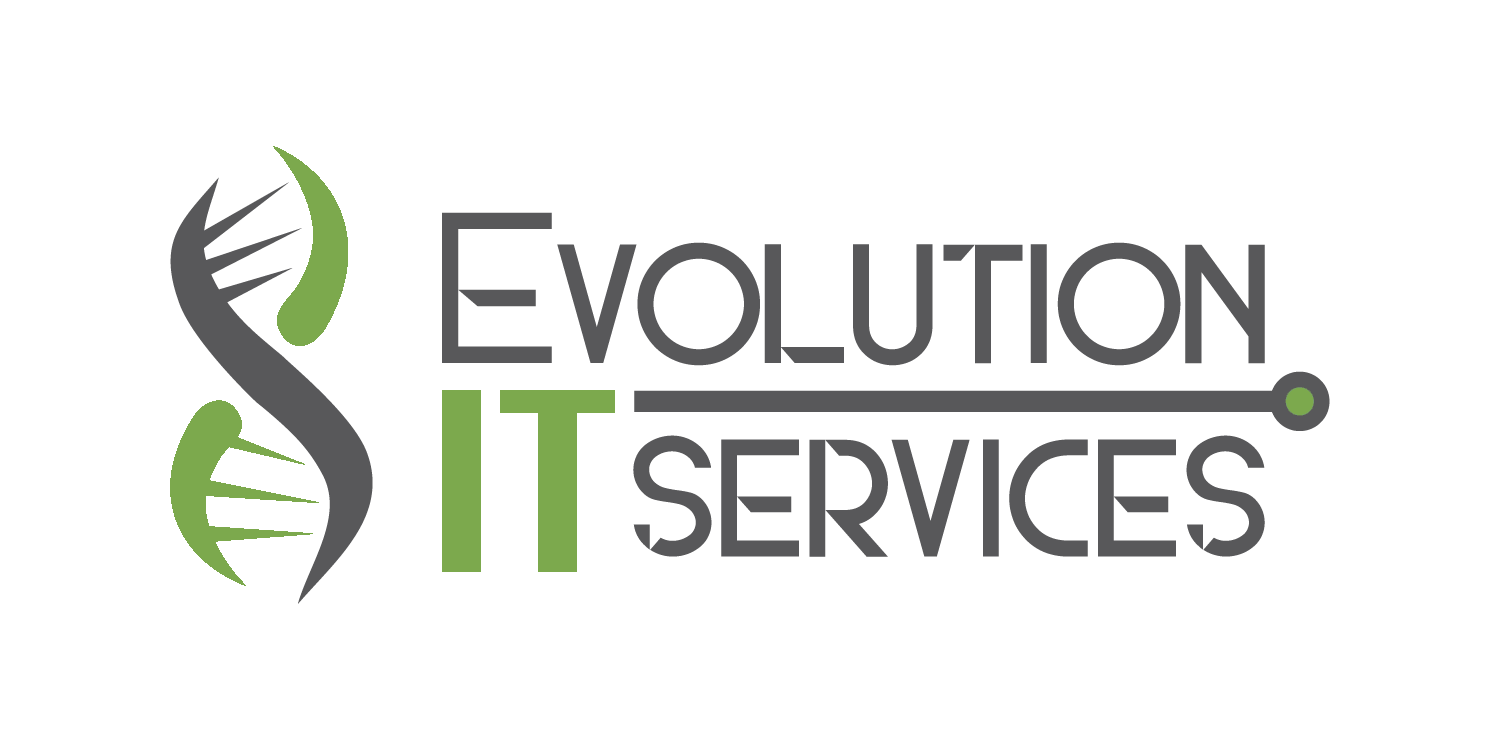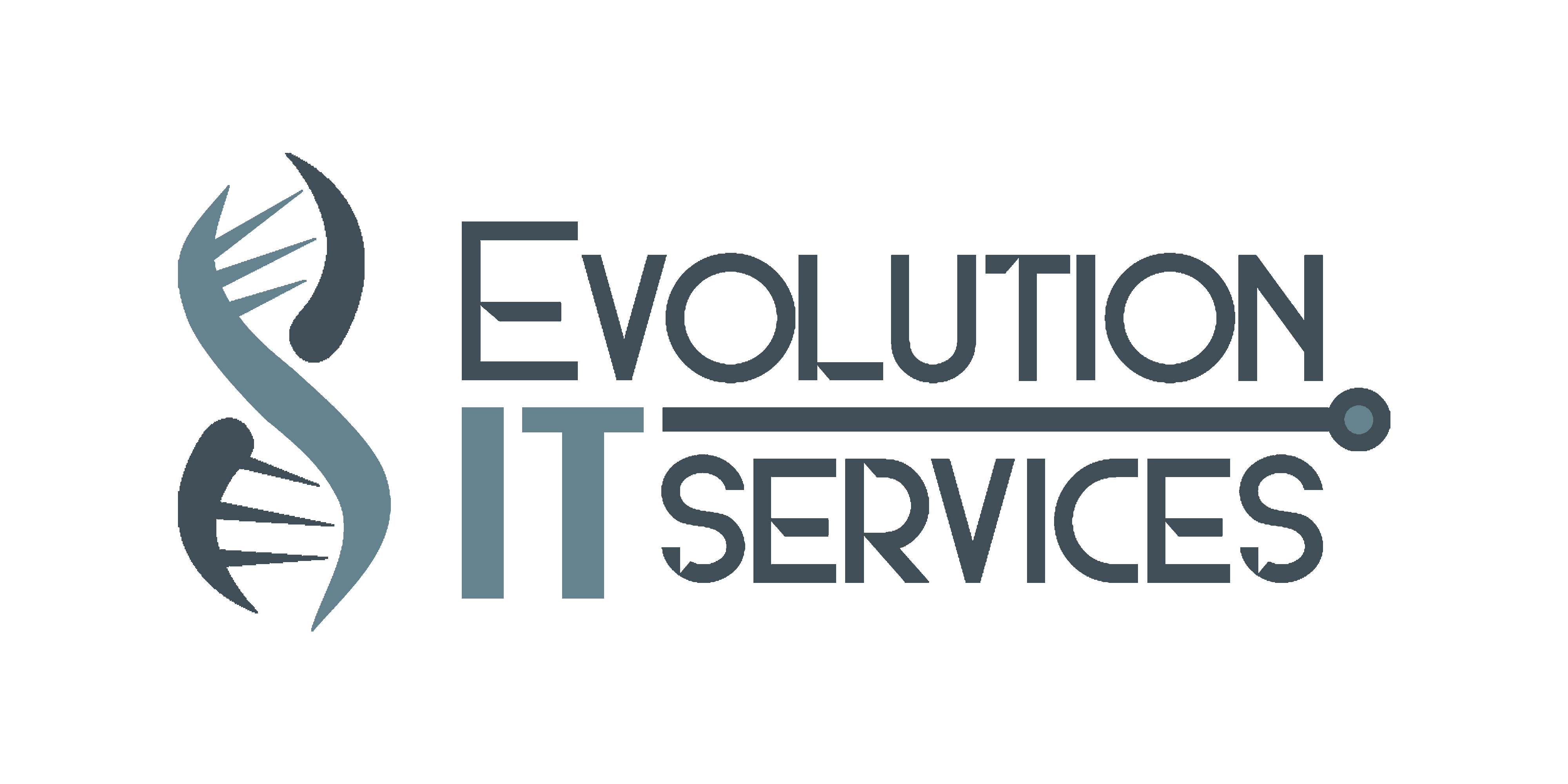
IT trends
In the rapidly evolving digital era, understanding current Information Technology (IT) trends is no longer optional, but a strategic necessity. To propel among their competitors, businesses need to dive into the transformative power of cloud computing, the potential of big data, the influence of AI, the interconnected realm of IoT, and the indispensable role of cybersecurity. Let’s embark on a journey to demystify these trends and comprehend their profound impact on today’s IT landscape.
I. Embracing the Cloud: How Cloud Computing is Reshaping IT Infrastructure
Cloud computing has brought up revolutionary changes in IT industry by offering scalable and flexible solutions for businesses of all sizes.
It simply refers to the on-demand delivery of IT resources over the Internet. Instead of buying, owning, and maintaining physical data centers and servers, cloud service facilitates user to access technology services, such as computing power, storage, and databases, on an as-needed basis.
IaaS (Infrastructure as a Service) : Flexibility and Control Redefined
IaaS gives you the highest level of flexibility and management control over your IT resources by providing virtualized computing resources, such as servers, storage, and networking framework, over the internet.
SaaS (Software as a Service) : Smooth Access to Cloud-Based Applications
SaaS eliminates the need for on-premises software installation and maintenance. It provides seamless access to cloud based apps on internet ensuring cost effectiveness.
(PaaS) Platform as a Service: Accelerating Application Development and Deployment
PaaS offers a flexible, scalable cloud platform to develop, deploy, run, and manage apps. The entire PaaS environment (hardware and software tools) is delivered by a third-party service provider via the cloud.
Hybrid Cloud: The Perfect Blend of Public and Private Cloud
Hybrid cloud combines public and private cloud environments, allowing businesses to leverage flexibility, data control, and the ability to scale resources. Hybrid cloud solutions enable businesses to optimize costs and ensure data security.
Elevating Productivity with Cloud Computing
Cloud computing eliminates the need for costly hardware investments, infrastructure maintenance, and software licensing fees. It also promotes collaboration by providing easy access to data and applications from any location, fostering teamwork and increasing productivity.
II. Power of Big Data: Harnessing Analytics for Business Insights
Big data refers to large volumes of structured and unstructured data that organizations gather from various resources. Analyzing this information can provide insights into customer behavior, marketplace developments, and operational performance.
3 V’s: Core of Big Data
When it comes to big data, the three V’s – Volume, Velocity, and Variety – provide essential insights into the character and demanding situations associated with coping with huge datasets.
Volume: Managing and Processing Large Data Sets:
The volume of data refers to the vast quantity of records generated and collected from numerous sources. With the advent of big data technologies, businesses now have the means to store, process, and analyze these massive datasets with blink of an eye.
Velocity: Real-Time Data Processing for Timely Insights:
Evolution of real-time data sources, such as social media, sensors, and IoT devices, calls for an unprecedented pace of data generation. With big data, velocity refers to how quickly data is coming in and the rate at which it needs to be processed and analyzed .
Variety: Extracting Value from Diverse Data Sources:
Variety represents the diverse types and formats of data that businesses encounter. Whether it’s structured, semi-structured, or unstructured, data can be text, images, audio, video, and more. Such varying data is challenging to handle such diverse data types effectively.
Big data technologies, such as NoSQL databases and Hadoop, manage and analyze these varied data types, assisting businesses to derive insights from previously untapped sources. By embracing these technologies, businesses can uncover patterns, trends, and make data-driven decisions.
III. Artificial Intelligence (AI): Driving Efficiency and Digital Transformation
Artificial Intelligence has emerged as a transformative technology, revolutionizing IT industries and enhancing operational efficiency.
Artificial Intelligence: Bridging the Gap between Machines and Humans
AI refers the development of intelligent machines that are capable of performing tasks that typically require human intelligence.
Machine learning, computer vision, and natural language processing all fall under the umbrella of artificial intelligence. It aims to simulate human cognitive abilities to automate processes and make informed decisions.
Machine Learning and Deep Learning: The Power of Data-Driven Algorithms
Machine learning algorithms enable computers to learn from data and improve their performance over time without typical programming. Deep learning use neural networks to process and analyze large amounts of data, simulating the human brain.
Natural Language Processing (NLP) and Conversational AI: Enabling Machines to Understand Human Language
The goal of Natural Language Processing is to enable machines to understand and interpret human language. NLP processing enables robots to engage in human-like discussions and execute activities such as virtual support and chatbot engagements.
Broad Applications of Artificial Intelligence
AI finds applications across various industries, including healthcare, finance, manufacturing, and customer service. Examples include medical diagnosis, fraud detection, predictive maintenance, and personalized marketing.
IV. Internet of Things (IoT): Connecting Devices for Smarter Operations
The Internet of Things (IoT) refers to a network of interconnected devices that collect and exchange data.
IoT involves connecting physical devices, sensors, and objects to the internet, enabling them to communicate and share data. It is useful for gathering real-time data, automate processes, and make data-driven decisions.
Devices and Sensors: The Backbone of IoT Ecosystem
IoT devices encompass a wide range of interconnected physical objects, including sensors, actuators, and smart devices. These devices collect and transmit data to centralized systems for analysis and control.
Connectivity Protocols: The Languages IoT Devices Speak
To link devices, IoT relies on numerous communication protocols such as Wi-Fi, Bluetooth, and cellular networks. Each protocol has its strengths and is suitable for different IoT use cases.
Industrial IoT: Ushering in a New Era of Smart Manufacturing
Industrial IoT (IIoT) focuses on the application of IoT in the industrial sector. It enables smart manufacturing processes by connecting machines, equipment, and production lines to optimize operations, enable predictive maintenance, and improve overall efficiency.
IoT in Smart Homes and Cities: The future of Urban Living
IoT plays a significant role in creating smart homes and smart cities. In smart homes, IoT devices enable automation and remote control of various household functions. In smart cities, IoT facilitates efficient resource management, traffic control, and waste management..
V. Cybersecurity and Data Privacy: The Pillars of Trust in a Digital World
As businesses become more digitally interconnected, safeguarding against cyber threats and ensuring data privacy are critical. Cybersecurity is essential for protecting valuable assets, including sensitive data, intellectual property, and customer information
Understanding Cyber Threats: Safeguarding Businesses from Digital Risks
Malware, phishing scams, and ransomware are just a few examples of the cyberthreats that put organizations at significant risk.
Understanding common attack vectors helps businesses implement appropriate security measures to mitigate risks. . Best practices include network security measures, regular software updates, employee training, incident response planning, and data backup strategies.
Incident Response and Disaster Recovery: Ensuring Business Continuity in the Wake of Cyber Threats
Having an incident response plan and disaster recovery strategies in place is essential. Timely detection, containment, and mitigation of cyber incidents help minimize the impact of security breaches. Disaster recovery planning ensures business continuity and data restoration in the event of a cyber attack.
FAQ’s Section
1. How can I stay up to date in IT trends?
To stay up to date in IT trends, you can follow reputable tech news websites, subscribe to industry newsletters, join professional networks, attend conferences and webinars, and engage with online communities.
2. What are benefits of staying up to date in IT trends?
Staying up to date in IT trends offers several benefits, including gaining a competitive edge, identifying new opportunities for innovation, improving decision-making, staying relevant in the industry, and enhancing professional growth and networking opportunities.
3. What are the latest IT trends?
The latest IT trends include cloud computing, big data analytics, artificial intelligence (AI), machine learning, Internet of Things (IoT), cybersecurity, data privacy, remote work and hybrid work models, digital transformation, and innovation-driven strategies.
Embracing the Future: Navigating the Ever-Changing IT Landscape
Staying up to date with the latest IT trends is vital for businesses in 2023. Cloud computing, big data analytics, AI, IoT, and cybersecurity are the top five trends that organizations should embrace. By understanding and leveraging these trends, businesses can stay ahead of the competition, drive innovation, and position themselves for long-term success.
Stay curious, keep exploring emerging technologies, and adapt to the ever-changing digital landscape to remain at the forefront of your industry.



